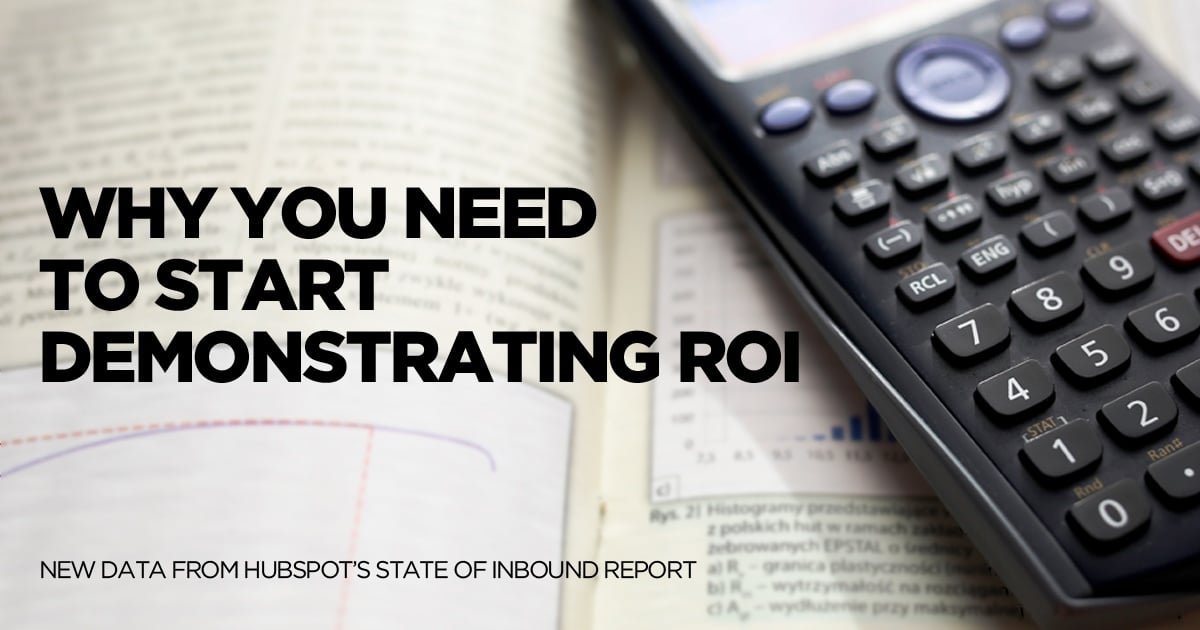
Inbound marketing is a “long game.” It’s not as easy as snapping your fingers and watching the number rise on your metrics—rarely is anything that easy. Inbound takes time and nurturing and investment. If your inbound marketing strategy hasn’t worked out the way you wish it would, don’t give up hope just yet.
Before the Internet changed the way marketers do their jobs, there was only outbound marketing (traditional advertising, including TV, print, and radio ads). The idea was to get your product or service in front of as many people as possible and hope that someone who needed you, found you. After the Internet (and the invention of tracking cookies), consumers can be better educated about the problem they’re facing and the solution to that problem, while marketers can better understand the efforts of blogs, social posts, and content offers.
Do you take advantage of the ability to measure and report anything from blog views to email opens to call-to-action clicks? Do you calculate the return on investment of your current marketing (whether outbound, inbound, or a combination of both)? If the answer is no, then the data from this year’s State of Inbound report might change your mind.
The State of Inbound
Every year, HubSpot surveys marketers in different countries, across different industries, and from various sized companies, and then compiles the results into the State of Inbound Report. A major focus in the report this year is the importance of ROI, especially on marketing budget.
The report found that companies are three times as likely to see a higher ROI on inbound campaigns than on outbound campaigns. Common sense says that a higher ROI will lead to a bigger marketing budget: of those surveyed 67% of marketers who saw an increased ROI from the previous year also received a higher budget, and 97% who had success with inbound marketing also increased their budget.
What may come as a shock is that even companies that had failed with inbound in the past still saw an increase of budget: 81% of those surveyed who said that they failed with inbound saw an increase of budget. Simply demonstrating ROI increased marketing budgets as well: those who tracked ROI were 20% more likely to receive a higher budget.
What now?
It’s never too late to start tracking ROI. Start with benchmarks, set goals, and try out the long game of inbound marketing. If you don’t have an inbound strategy in place, start small with an email nurturing campaign or one new blog post a week. If you’re already an inbound pro, continue split testing and automating your workflows.
To read the rest of the State of Inbound 2015 report, click on the image below. To talk about your inbound strategy, drop us a line.
{{cta(’35f8e121-14ef-40d4-a8b4-d1cbb90514e3′)}}
